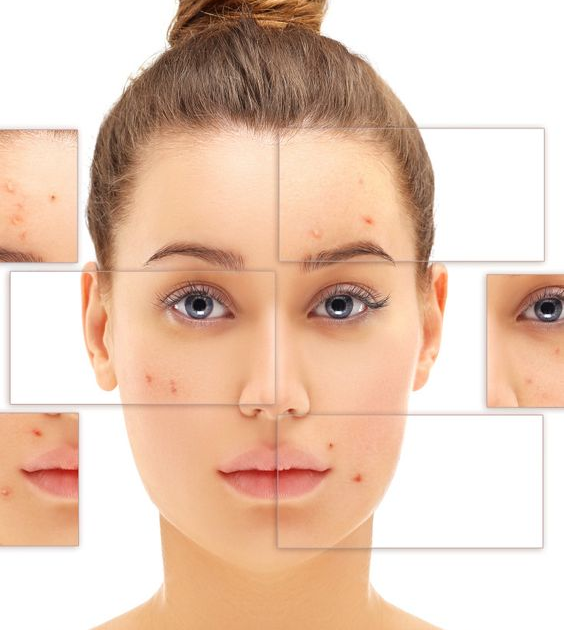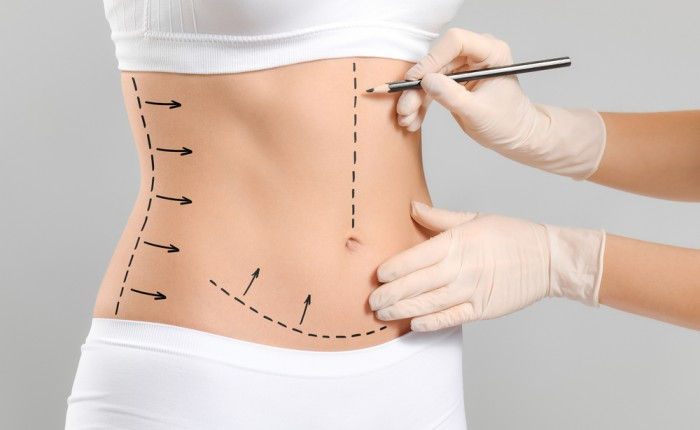Dermal Fillers vs. Fat Transfer: Pros and Cons
- sadaf khan sudozai
- Mar 18
- 4 min read
When it comes to enhancing facial volume, smoothing wrinkles, and achieving a youthful appearance, two popular options are dermal fillers and fat transfer. Both treatments offer impressive results, but they work in different ways — and each has its own set of advantages and drawbacks.
If you’re considering Dermal Fillers in Islamabad but wondering how they compare to fat transfer, this detailed guide will walk you through everything you need to know. By the end, you’ll have a clear understanding of which procedure might suit your goals best.

What Are Dermal Fillers?
Dermal fillers are injectable, gel-like substances designed to restore lost volume, smooth wrinkles, and enhance facial features. Most fillers are made of hyaluronic acid (HA) — a naturally occurring substance that retains moisture and plumps the skin.
How Do Dermal Fillers Work?
A medical professional injects the filler into targeted areas of the face.
The filler instantly adds volume, fills wrinkles, and enhances facial contours.
Hyaluronic acid fillers also attract water, giving the skin a hydrated, youthful look.
Best Uses for Dermal Fillers
Cheeks: Restore volume and lift.
Lips: Add fullness and definition.
Nasolabial folds: Smooth deep smile lines.
Under eyes: Minimize hollows and dark circles.
Jawline and chin: Define and contour.
What Is Fat Transfer?
Fat transfer — also known as fat grafting — involves removing fat from one part of your body (usually the abdomen, thighs, or flanks) and reinjecting it into areas needing more volume, such as the face.
How Does Fat Transfer Work?
Fat is extracted through liposuction from a donor area.
The fat is purified to separate healthy fat cells.
The purified fat is carefully injected into the face to restore volume and improve contours.
Best Uses for Fat Transfer
Cheeks: Add natural volume and fullness.
Temples: Restore hollow areas.
Under eyes: Fill deep hollows and reduce dark circles.
Jawline and chin: Sculpt and define.
Hands: Rejuvenate aging hands.
Dermal Fillers vs. Fat Transfer: A Side-by-Side Comparison
Let’s break down the key differences between dermal fillers and fat transfer:
Feature | Dermal Fillers | Fat Transfer |
Procedure type | Non-surgical, in-office injections | Surgical (requires liposuction and fat purification) |
Recovery time | Minimal (1-2 days for swelling/bruising) | Longer recovery (1-2 weeks for both donor and treated areas) |
Duration of results | 6 months to 2 years (depends on filler type) | Long-lasting (years, though some fat may be reabsorbed) |
Volume source | Synthetic or natural substances (e.g., hyaluronic acid) | Your own fat, making it 100% natural |
Customizability | High — different filler types for different areas | Requires precise skill to sculpt and balance results |
Reversibility | Yes — HA fillers can be dissolved with hyaluronidase | No — once transferred, the fat cannot be removed easily |
Cost | More affordable upfront | Higher upfront cost (but longer-lasting results) |
Pain level | Minimal (numbing cream is optional) | Moderate (liposuction and injections require local anesthesia) |
Risk of rejection | Very low — HA is biocompatible | None — your body won’t reject its own fat |
Pros and Cons of Dermal Fillers
Pros:
Quick results: Instant volume and smoothing.
Minimal downtime: Resume daily activities right away.
Customizable: Different fillers for different areas.
Reversible: HA fillers can be dissolved if you’re unsatisfied.
Hydrates the skin: Hyaluronic acid attracts water, improving skin texture.
Cons:
Temporary results: Typically lasts 6 months to 2 years.
Requires maintenance: Regular touch-ups needed.
Potential for swelling or bruising: Though minor, it’s worth noting.
Pros and Cons of Fat Transfer
Pros:
Long-lasting results: Can last several years or more.
Completely natural: Uses your own fat — no synthetic materials.
Dual benefit: Body contouring from liposuction, plus facial enhancement.
Improves skin texture: Stem cells in fat may enhance skin quality.
Cons:
Longer recovery: Both the donor area and the face need healing time.
Higher upfront cost: Liposuction and purification add to the price.
Not 100% predictable: Some of the transferred fat may be reabsorbed by the body (around 30%).
Irreversible: Once the fat integrates, reversing the procedure is challenging.
Which Procedure Should You Choose?
The decision between dermal fillers and fat transfer depends on your goals, lifestyle, and budget.
Choose Dermal Fillers If:
You want instant, reversible results.
You’re looking for a quick, in-office treatment with minimal downtime.
You’re new to cosmetic enhancements and want to try a temporary solution.
You prefer customization for different areas (e.g., soft fillers for lips, thicker fillers for the jawline).
Choose Fat Transfer If:
You want long-lasting, natural results without ongoing maintenance.
You’re comfortable with a minor surgical procedure and longer recovery.
You’re seeking volume restoration with minimal synthetic substances.
You have excess fat in areas like the abdomen or thighs (a bonus for body contouring!).
Conclusion: The Best Option for You
Both dermal fillers and fat transfer offer remarkable, natural-looking results — but they cater to different needs. If you’re looking for instant, customizable, and reversible enhancements, Dermal Fillers in Islamabad might be your ideal solution.
For those seeking a more permanent, all-natural approach — especially if you’d like to slim one area while enhancing another — fat transfer could be the better route.
At Dynamic Clinic, our experts are dedicated to helping you choose the treatment that aligns with your goals, lifestyle, and budget. Book a consultation today to explore your options and achieve the refreshed, youthful look you desire!





Comments